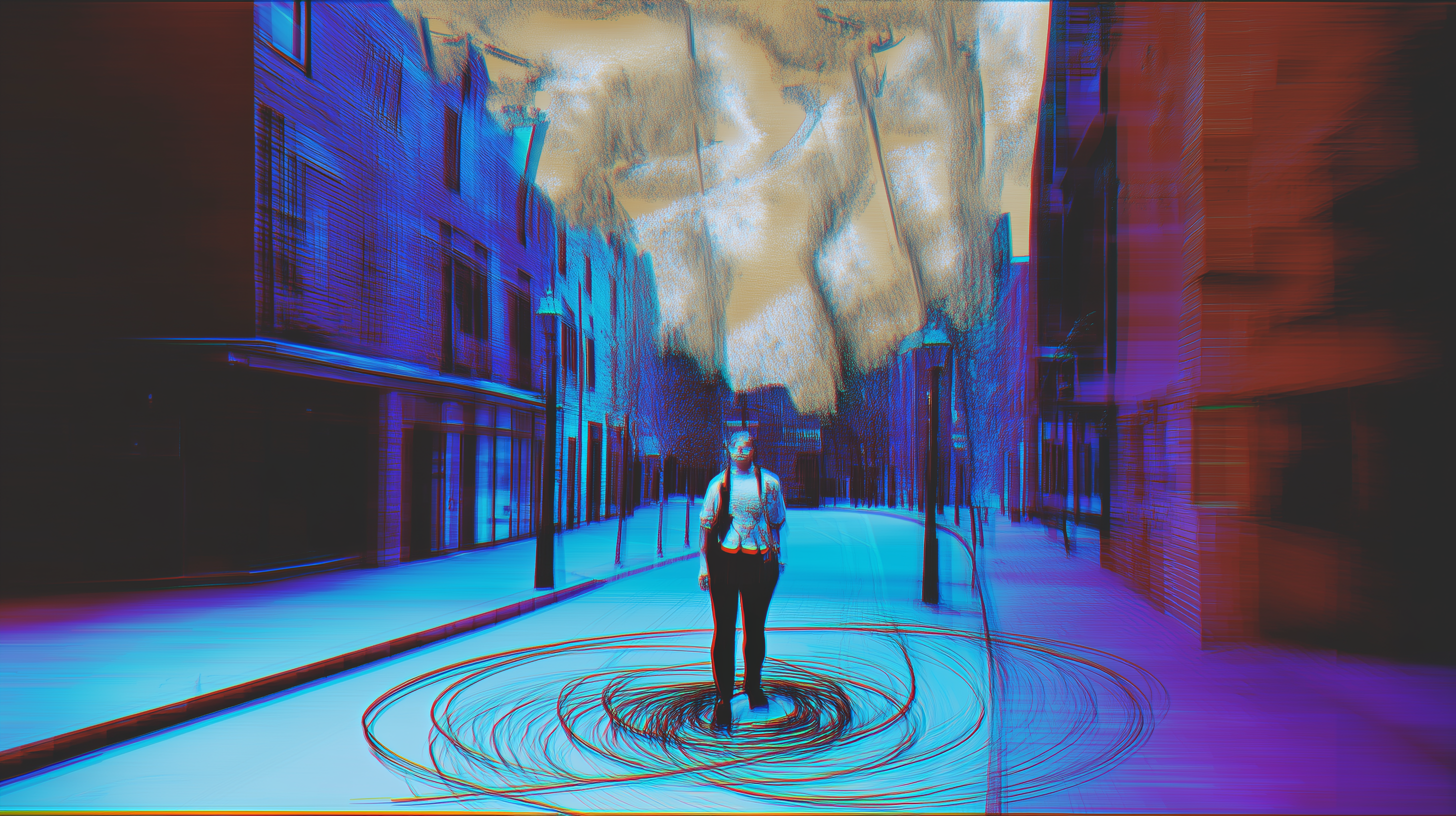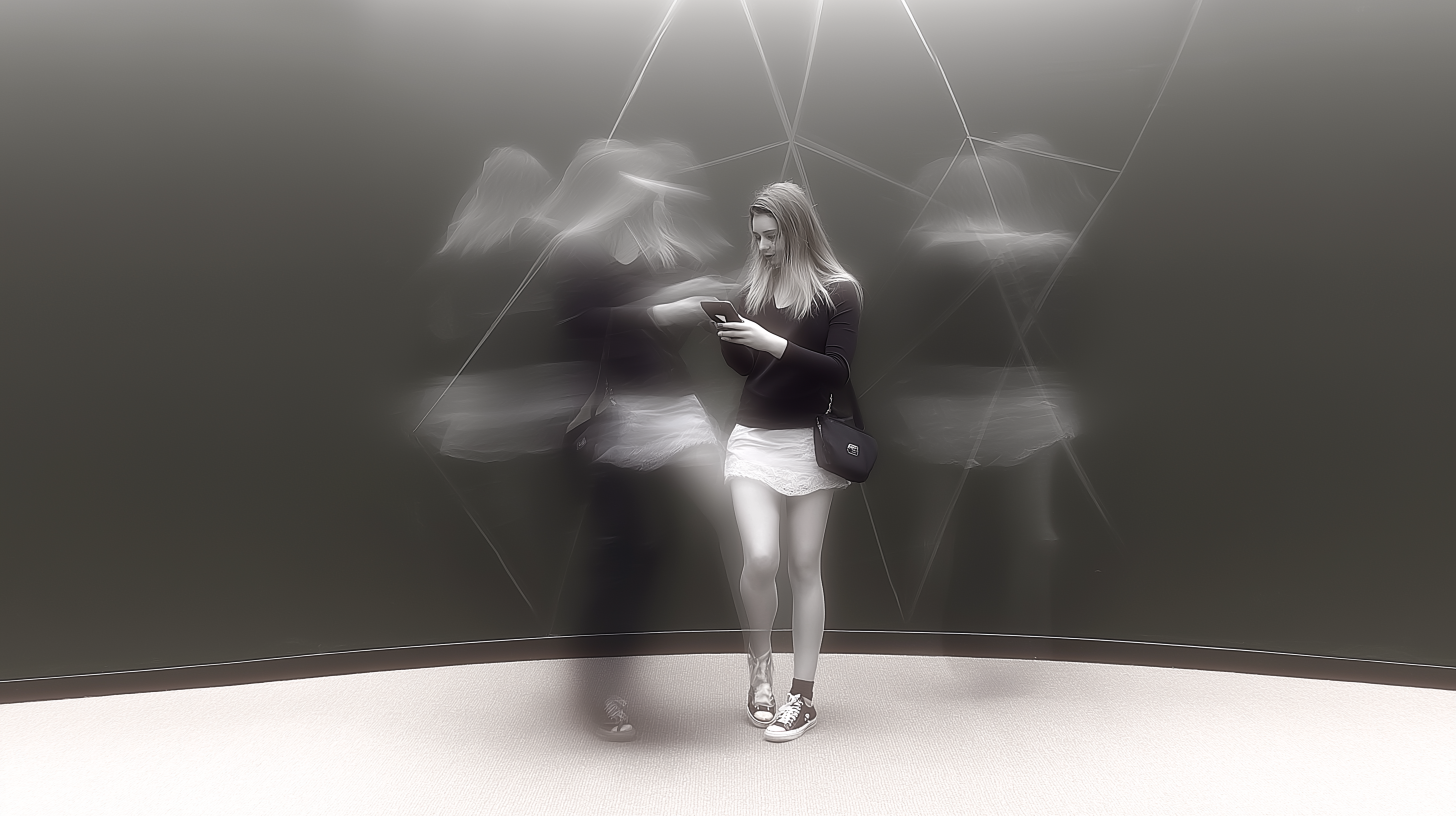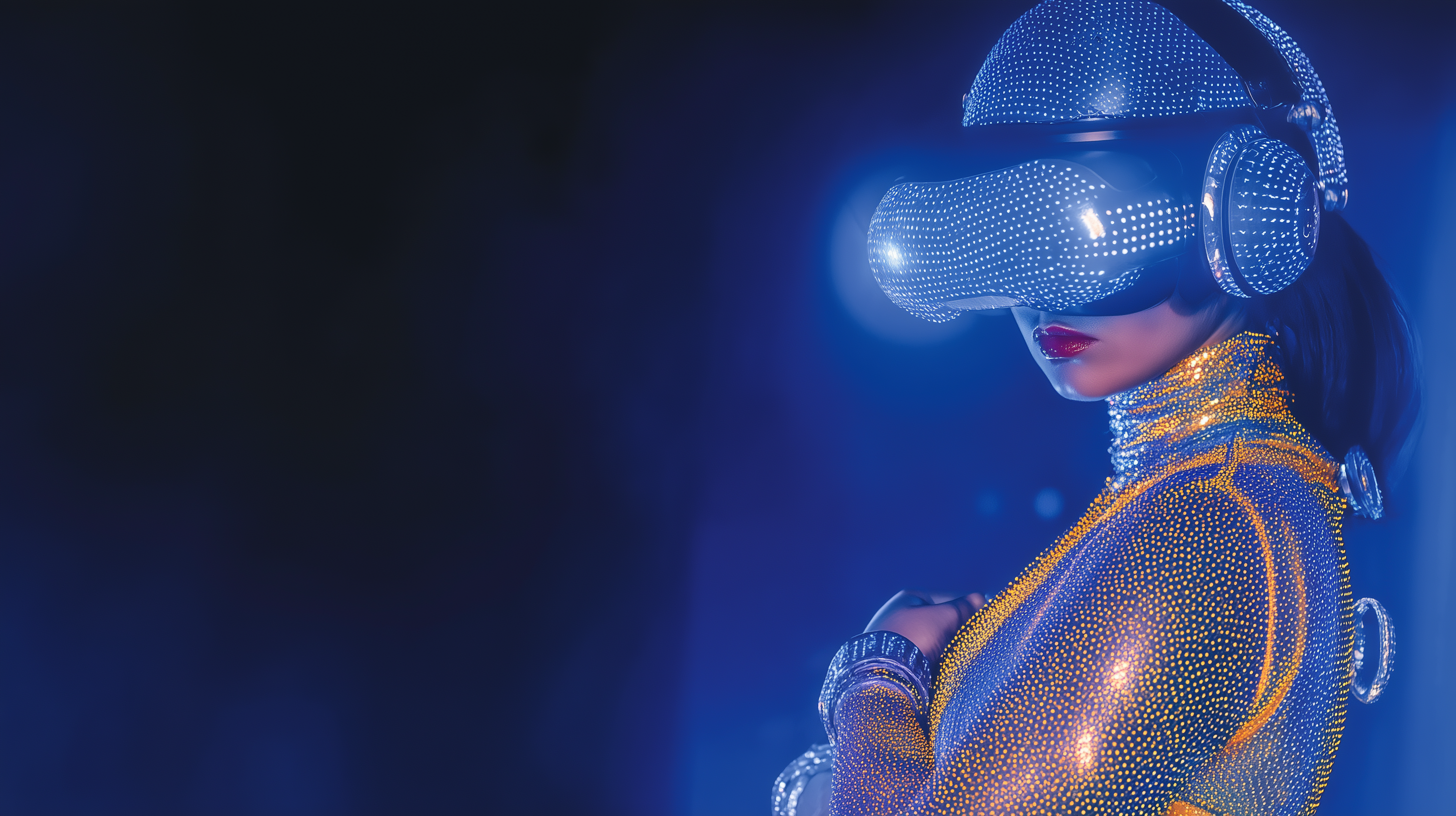
The Moment You Forgot Might Have Been Deleted on Purpose
Author: Isla Rey Some moments vanish quietly. You glance at the clock, it’s 3:12. You blink, stretch, check again and

Author: Isla Rey You walk into a room. Something clicks. The curve of the chair. The hum of a refrigerator. A shaft of light falling across the floor in a way that feels so familiar it gives you chills. You’ve never been here before. And yet, you have.Or at least, something in you believes you […]
Author: Isla Rey
You walk into a room. Something clicks. The curve of the chair. The hum of a refrigerator. A shaft of light falling across the floor in a way that feels so familiar it gives you chills.
You’ve never been here before. And yet, you have.
Or at least, something in you believes you have.
Déjà vu. A moment so brief, so eerie, and so deeply human that it’s been the subject of both philosophical wonder and scientific study for decades. Neuroscience labels it a memory malfunction. The brain misfires, confusing the present for the past. Some suggest it’s the result of a short-term memory blip or a momentary lag between our senses and cognitive processing. That might explain the mechanics, but it doesn’t explain the emotion.
Because the feeling isn’t just recognition. It’s precision.
It’s detail.
It’s certainty.
Simulation theory suggests that what we experience as reality might be a highly advanced artificial environment. A world rendered in real time by systems far beyond our understanding. And in that context, déjà vu stops being a mystery and starts looking like evidence.
In digital art and computer-generated imagery, we understand the concept of “texture repetition.” Reused assets. Loops. Mistakes in rendering that show up as patterns if you look closely enough. Every digital artist has seen the moment where something glitches—where a layer duplicates, or the lighting bounces wrong, or a previous frame loads again by accident.
What if déjà vu is the brain catching one of those moments in our own reality?
What if it’s the simulation briefly revealing its brushwork?
Some believe déjà vu could be a sign of a recent system reset. Like revisiting a saved version of your life and playing through a moment again with slightly different variables. Others believe it’s a symptom of overlap. If our simulation runs multiple instances of you across slightly different paths, déjà vu could be a memory slipping through from a nearby version.
There is even a theory that déjà vu is a form of data compression. Just as digital artists reduce image resolution in areas you’re not focused on, a simulated world might only render the details we’re directly interacting with. That flicker of familiarity may be an earlier file reloaded into new surroundings.
And here’s where the art theme returns with a strange sense of irony. Artists have always played with memory, repetition, and illusion. From Magritte’s painted declarations that an image is not the thing itself, to Duchamp’s readymades, to generative art that uses algorithms to mimic creativity, we have long accepted that what we see isn’t always what’s real. Art teaches us that experience can be manufactured.
If life is art, then déjà vu may be one of its brushstrokes repeating. A layer from an earlier version bleeding through. A ghost of a frame that was never meant to be seen twice.
I get déjà vu most often in mundane moments. Waiting at a traffic light. Turning down a quiet aisle in a grocery store. Folding clothes in a room I’ve never folded clothes in before. I pause. I look around like I’m trying to find the edge of something.
And in those moments, I wonder if I’m seeing the same scene again not because I’ve been here before, but because this part of the story was already painted once.

Author: Isla Rey Some moments vanish quietly. You glance at the clock, it’s 3:12. You blink, stretch, check again and

Author: Isla Rey Abstract Coincidences, those improbable alignments of events that seem too precise to be mere chance, have long